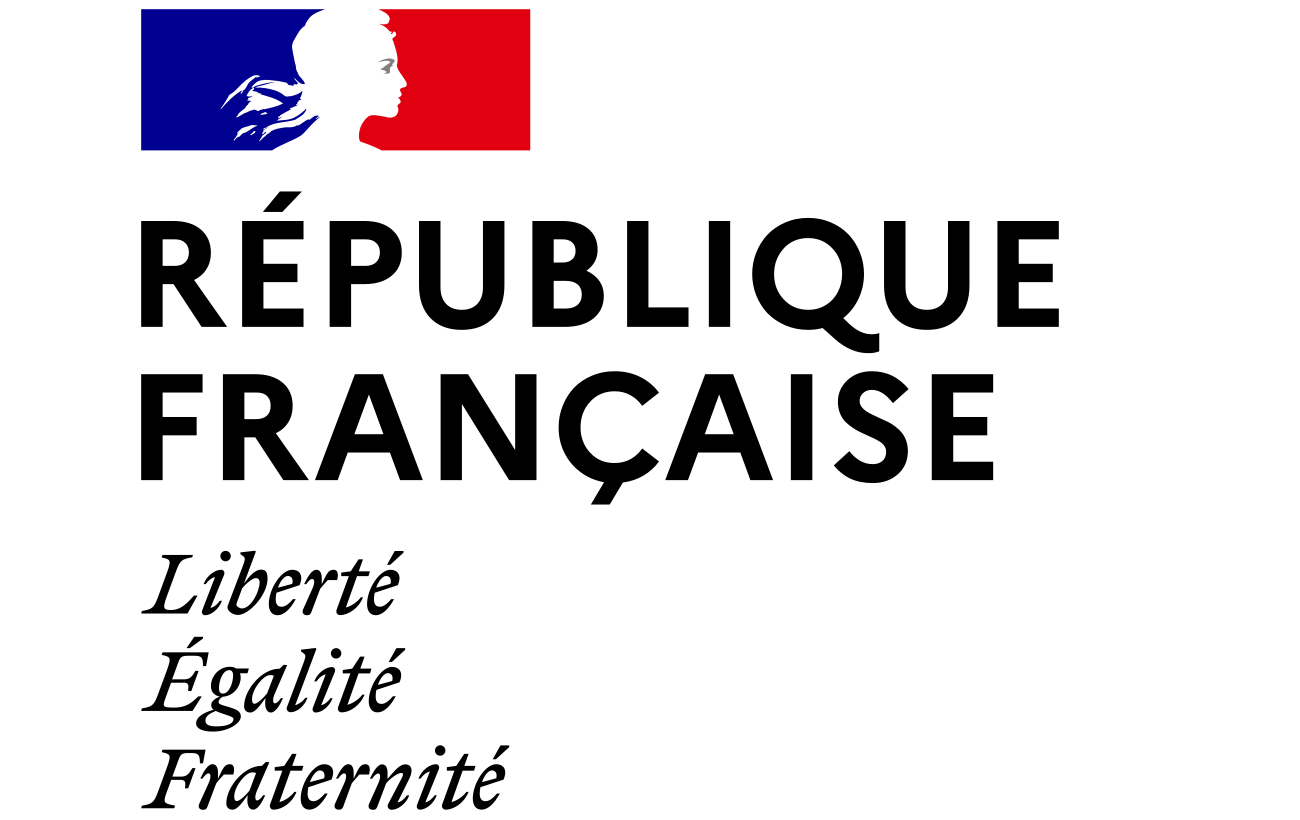La demande de LEI
La demande d'un LEI n'est pas une opération anodine.
En effet ce LEI (Legal Entity Identifier) servira d'identifiant unique afin de faciliter l'identification univoque de votre entité juridique (société, fonds, etc. ) dans ses transactions financières.
Depuis janvier 2018, les LEI sont obligatoires pour toutes les sociétés qui souhaitent continuer à réaliser des transactions sur des instruments financiers cotés en Bourse.
L'Insee, gestionnaire du répertoire national des entreprises Sirene, vous permet l'obtention d'un LEI de façon simple et sécurisée en 3 étapes principales.
Un espace personnel de gestion sécurisé
Préalablement à toute demande de LEI, nous mettons à votre disposition un espace personnel sécurisé pour gérer vos LEI.
Vous n'avez pas d'espace personnel ?
Vous avez déjà un espace personnel ?
Les 3 étapes principales de la demande de LEI
Étape
01
Selon que vous souhaitez faire une demande de LEI pour une société ou bien pour un fonds, il y a deux cas de figure possible :
- Demande de LEI pour une société
Vous faites une demande de rattachement à votre espace personnel de la société ou l'association pour laquelle vous demandez un LEI (rubrique « Rattacher la société à votre espace personnel »).
Vous devez pour ce faire renseigner votre siren et déposer les documents justificatifs demandés.
- Demande de LEI pour un fonds
Vous rattachez directement à votre espace personnel la société qui gère le fonds.
Vous trouverez ensuite votre fonds dans la rubrique « Rattacher le fonds à votre espace personnel » en indiquant son ISIN ou son code agrément afin de le rattacher à votre espace personnel.
Vous pouvez également indiquer le Siren de la société de gestion pour afficher l'ensemble des fonds et Sicav pour lesquels vous pouvez demander un LEI.
Étape
02
Après dépôt des pièces justificatives, il vous sera demandé de « déclarer les relations financières».
Vous répondez à un bref questionnaire permettant d'identifier le parent direct et le parent ultime de votre entité s'il y en a.
En l'absence de parent, le questionnaire vous propose l'exception la mieux adaptée à votre situation.
Étape
03
Dès que le parent direct et le parent ultime de votre entité (fonds ou société) sont validés (ou mentionnés comme "exception"), vous pouvez demander son LEI en la sélectionnant dans la rubrique « Payer la certification ».
Vous pouvez payer par Virement ou par Carte bancaire.
Une fois le paiement validé par nos services, une facture vous sera envoyée dans la nuit. Elle comportera votre code LEI. Votre LEI sera certifié et disponible sur le site de la Gleif le lendemain en fin de journée.
Comment savoir si un LEI a été attribué à mon entité ?

Trésorier Groupe
Les données relatives aux LEI attribués sont publiques et gratuites sur le site de la Gleif.
Si vous ignorez si un LEI a déjà été attribué à votre société ou à l'entité pour laquelle vous désirez un LEI, vous pouvez vous référer à ce site et faire une recherche en renseignant la dénomination de votre société ou tout autre entité concernée par le LEI (fonds, association,etc.)
La publication du LEI sur notre site lui confère sa validité, il est définitif et peut donc être utilisé pour les reportings européens et américains.

Gestionnaire Insee-LEI
Demander des LEI pour le compte de tiers
Le site LEI France vous offre la possibilité de centraliser les demandes et la gestion de LEI de vos sociétés partenaires ou clientes.
Pour cela, vous devez être titulaire d'espace personnel sur notre site, puis faire vos demandes de LEI.
Vous pourrez alors nous transmettre un mandat (Télécharger le modèle de mandat.) pour chaque société en mentionnant votre nom dans la partie "mandataire", vous autorisant à gérer le LEI pour le compte de cette société. Ce mandat est à nous retourner dûment daté, cacheté et signé par un responsable de la société. Les informations y figurant (mandataire) doivent être similaires à celles renseignées dans votre espace personnel. Dans le cas où la société n'aurait pas mis en place de cachet, vous voudrez bien faire figurer le nom et la signature d'un dirigeant et nous joindre un extrait de Kbis le mentionnant. Si vous figurez vous-même au Kbis, il est inutile de joindre le mandat, mais seulement le Kbis.
Il est également possible dans ce cadre de personnaliser l'adresse de livraison mentionnée sur les factures.
Cette fonctionnalité offerte par le site LEI-France est proche du concept d'agent d'enregistrement défini par la GLEIF afin de rationaliser davantage la délivrance des LEI. L'agent d'enregistrement aide les sociétés à accéder au réseau des LOU (organisations émettrices de LEI) chargées de l'attribution des LEI et des services connexes. Pour plus d'informations sur ce concept vous pouvez consulter la page https://www.gleif.org/fr/about-lei/how-to-get-an-lei-find-lei-issuing-organizations/registration-agents
Déclaration des relations financières et données de « Niveau 2 »
En 2017, la GLEIF a mis en place un processus visant à améliorer la base de données associées à l'Identifiant d'entité juridique (LEI), qui inclut désormais la collecte des données dites de « Niveau 2 » pour répondre à la question "qui appartient à qui". Plus précisément, les personnes morales et les fonds d'investissement qui renouvellent ou qui acquièrent un LEI doivent maintenant déclarer leur "société mère directe de consolidation comptable" ainsi que leur "société mère ultime de consolidation comptable".
Pour plus de renseignements sur la collecte et l'utilisation des données de « Niveau 2 », vous pouvez consulter le site de la GLEIF : https://www.gleif.org/fr/lei-data/access-and-use-lei-data/level-2-data-who-owns-whom.
Sur le site de l'Insee, vous déclarez les relations financières dans la rubrique « Demander un LEI > Déclarer les relations financières » en répondant à un bref questionnaire.
La réglementation de la GLEIF demande aux entités juridiques de fournir des informations sur leur parent direct et leur parent ultime pour la validation de leur LEI.
Si une entité ne possède aucun parent direct et/ou ultime de consolidation comptable, ou ne souhaite pas divulguer cette information, il est possible de déclarer une exception.
Pour en savoir plus concernant les données attendues sur les relations financières, vous pouvez consulter la page dédiée sur le site de la GLEIF : https://www.gleif.org/fr/about-lei/common-data-file-format/relationship-record-cdf-format
Comment déclarer les relations financières de mon entité ?

Analyste financier

Gestionnaire Insee-LEI
Parent direct et parent ultime
Parent direct
Le parent direct d'une entité est une société consolidant à plus de 50 % les comptes de l'entité enfant.
Le parent direct consolide directement les comptes de l'entité enfant. Une société ne peut pas être son propre parent direct.
Parent ultime
Le parent ultime est la dernière société consolidant les parents successifs de l'entité enfant. C'est la dernière entité consolidante dans la chaîne de détention capitalistique.
Il s'agit de l'entité consolidant directement ou indirectement les comptes du parent direct. Une société ne peut pas être son propre parent ultime.
Quelle est la différence entre le parent direct et le parent ultime d'une entité filiale ?

Juriste
Le parent direct est l'entité qui consolide à plus de 50 % les comptes financiers de la filiale. Le parent ultime est l'entité qui consolide au final les comptes du parent direct et de la filiale.
Par exemple :
- L'entité Ma-Société demande un numéro LEI.
- L'entité Ma-Société appartient à Ma-Maison-Mère (pour plus de 50 %) qui consolide les résultats de Ma-Société.
- L'entité Ma-Maison-Mère est détenue par Mon-Groupe (pour plus de 50 %) qui consolide les résultats de Ma-Maison-Mère et Mon-Groupe appartient à Mon-Conglomérat (pour plus de 50 %), Mon-Conglomérat consolidant les résultats de Mon-Groupe.
Dans cet exemple :
- Ma-Société est l'entité enfant
- Ma-Maison-Mère est le parent direct
- Mon-Conglomérat est le parent ultime

Gestionnaire Insee-LEI

Schéma illustrant la relation entre Ma-Société et son parent direct Ma-Maison-Mère et la relation entre Ma-Société et son parent ultime Mon-Conglomérat.
Les exceptions à la déclaration des relations financières
Si vous ne pouvez pas déclarer une relation financière (parent direct ou parent ultime) pour l'un de vos LEI, il est possible de choisir un motif de dérogation.
S'il n'existe aucune société mère consolidant les comptes pour l'entité dont vous gérez le LEI, vous pouvez choisir :
- cette entité n'entre dans aucun périmètre de consolidation ;
- cette entité est possédée par une personne physique ;
- aucune société mère n'est identifiée (plusieurs parents).
S'il existe une société mère mais que vous n'êtes pas en mesure de la déclarer, il faut choisir l'une des exceptions suivantes :
- la société mère n'a pas de LEI ;
- ne pas divulguer l'identité de la société consolidant les comptes.
Pour en savoir plus concernant les exceptions (dérogation à la déclaration d'un parent), vous pouvez consulter la page dédiée sur le site de la GLEIF.

